Doctor of An Thuong Commune Health Station (Hai Duong City) consults people about non-communicable diseases
Enhance expertise
An Thuong Commune Health Station ( Hai Duong City) is a trusted address for local people in examining and treating hypertension and diabetes. For many years, the station has managed to stabilize patients with the above non-communicable diseases. Currently, there are about 200 people with hypertension and nearly 100 people with diabetes who are regularly and periodically monitored at the station. Every month, the station also receives people with non-communicable diseases who have been treated stably at higher levels and transferred to the base for monitoring.
According to Dr. Vuong Ngoc Bac, Head of An Thuong Commune Health Station, the station currently has 2 doctors located at 2 facilities, so it meets the requirements of professional skills and expertise in managing non-communicable diseases. Therefore, people feel secure and confident when receiving treatment at the station. On the other hand, most people with non-communicable diseases are elderly. If treated at a higher level, it will be inconvenient to travel, waste time waiting and require someone to accompany them. At the same time, it will cause the higher level to be overloaded, which can affect the quality of treatment.
Since the addition of doctors to the station, the quality of examination and treatment of non-communicable diseases at the An Phu Commune Health Station (Nam Sach) has improved significantly. The station currently manages and dispenses medicine to about 250 people with high blood pressure or diabetes in the locality. Previously, the station mainly examined and dispensed medicine to people with high blood pressure, and there were no diabetic patients receiving medical examination and treatment at the station. In addition, the station organizes daily screening and screening for non-communicable diseases for the people. Thereby, new cases are detected, monitored, and treated promptly.
Since the doctor came to the commune, the management of non-communicable diseases at An Phu Commune Health Station has improved.
Doctor Pham Thi Quy, working at An Phu Commune Health Station, said that the disease model has changed a lot, non-communicable diseases are getting younger and increasing due to eating and living habits. Meanwhile, non-communicable diseases are the leading cause of death. Therefore, strict management of these diseases is very necessary. However, many people are still subjective, only paying attention to treatment when the signs of the disease are clear, increasing the pressure on the upper-level health care. If managed well from the grassroots level, it will not only create convenience for patients but also contribute to increasing the effectiveness of treatment right from the initial care.
Currently, Hai Duong's health sector has basically arranged enough doctors to work at the grassroots level. Thanks to the guaranteed expertise at the health stations, patients feel more secure when monitoring and treating their illnesses. By the end of 2024, 200 out of 207 commune-level health stations will manage patients with hypertension, and 84 stations will manage patients with diabetes.
Need to invest in equipment
Although there have been many changes in the management of non-communicable diseases at the grassroots level, there are still problems that need to be further resolved to make management and treatment convenient and effective.
Tan Huong Commune Health Station (Ninh Giang) is a typical station in the management of non-communicable diseases at the grassroots level. The station is managing 1,250 people with high blood pressure and diabetes and regularly treating about 700 people with these diseases. The station also digitizes and manages according to electronic medical records. However, there are still some difficulties that make the management of non-communicable diseases at the station not consistent and synchronous.
The list of health insurance drugs for diabetes is limited. Therefore, it is difficult to adjust the drugs to suit the disease condition. On the other hand, the limit of health insurance drug payment at the grassroots level is low, at no more than 100,000 VND/time, so it is difficult to attract people to come for examination and treatment.
Primary health care facilities need to invest in equipment to manage non-communicable diseases more effectively.
According to Dr. Bui Thi Huong, Head of Tan Huong Commune Health Station, in addition to high blood pressure and diabetes, chronic obstructive pulmonary disease, bronchial asthma, epilepsy, etc. can also be managed and treated at the grassroots level. Especially when the health sector is focusing on implementing digital transformation and managing patients with electronic medical records. If the facilities are strengthened and some obstacles in health insurance examination and treatment at the grassroots level are removed, it will create conditions and opportunities for health stations to provide better primary health care for people.
Although he has his hypertension and diabetes monitored at the health station every week, Mr. Mac Duc Tang in An Phu commune (Nam Sach) still has to go to the district level to perform specialized tests. “When there are doctors at the grassroots level, I hope the health station will invest in medical examination and treatment equipment so that I don’t have to travel. When I have non-communicable diseases, I am determined to live with the disease for a long time. If the station has adequate equipment, it will be more convenient for patients,” Mr. Tang said.
PV
Source: https://baohaiduong.vn/giai-bai-toan-quan-ly-benh-khong-lay-nhiem-o-co-so-413065.html


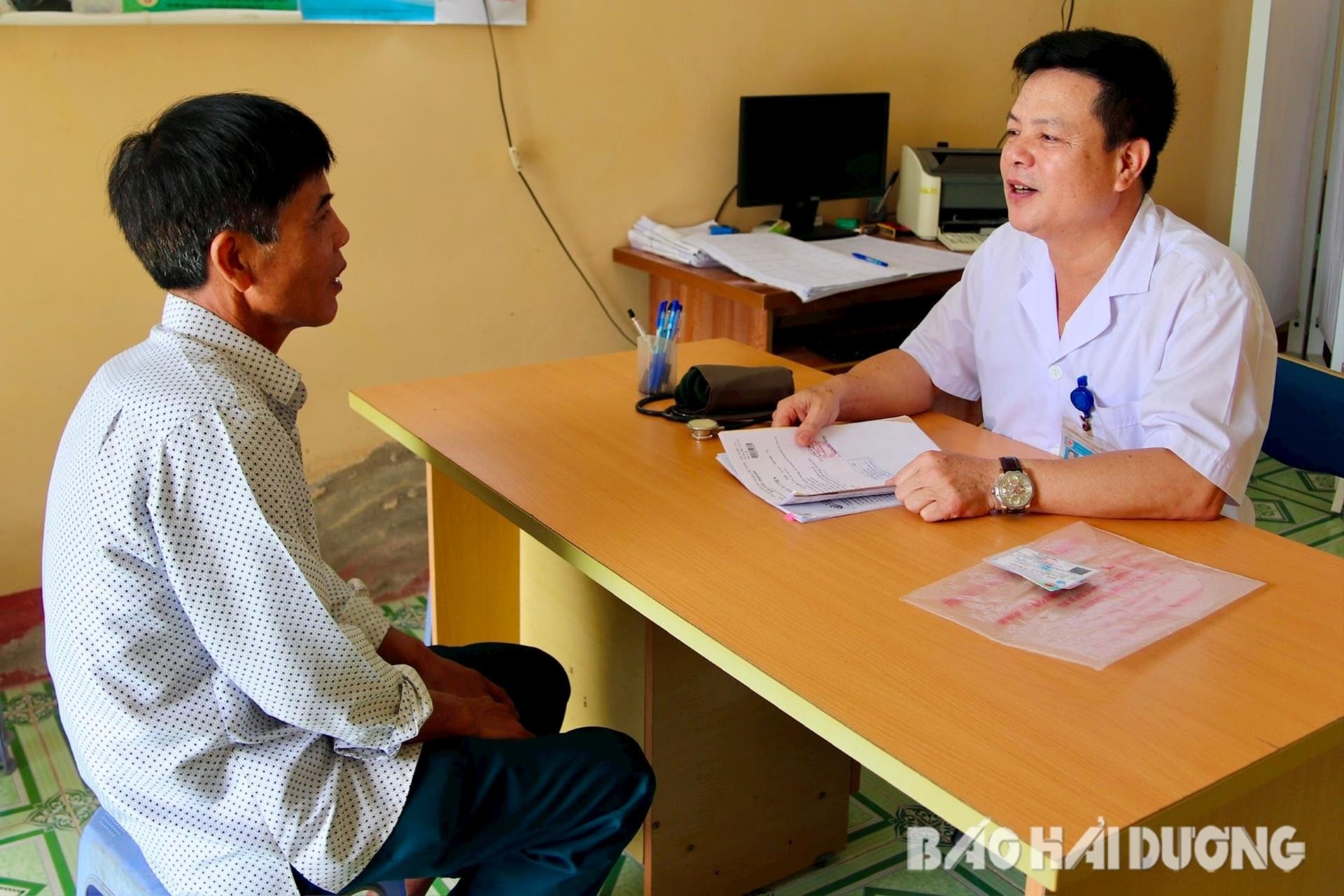
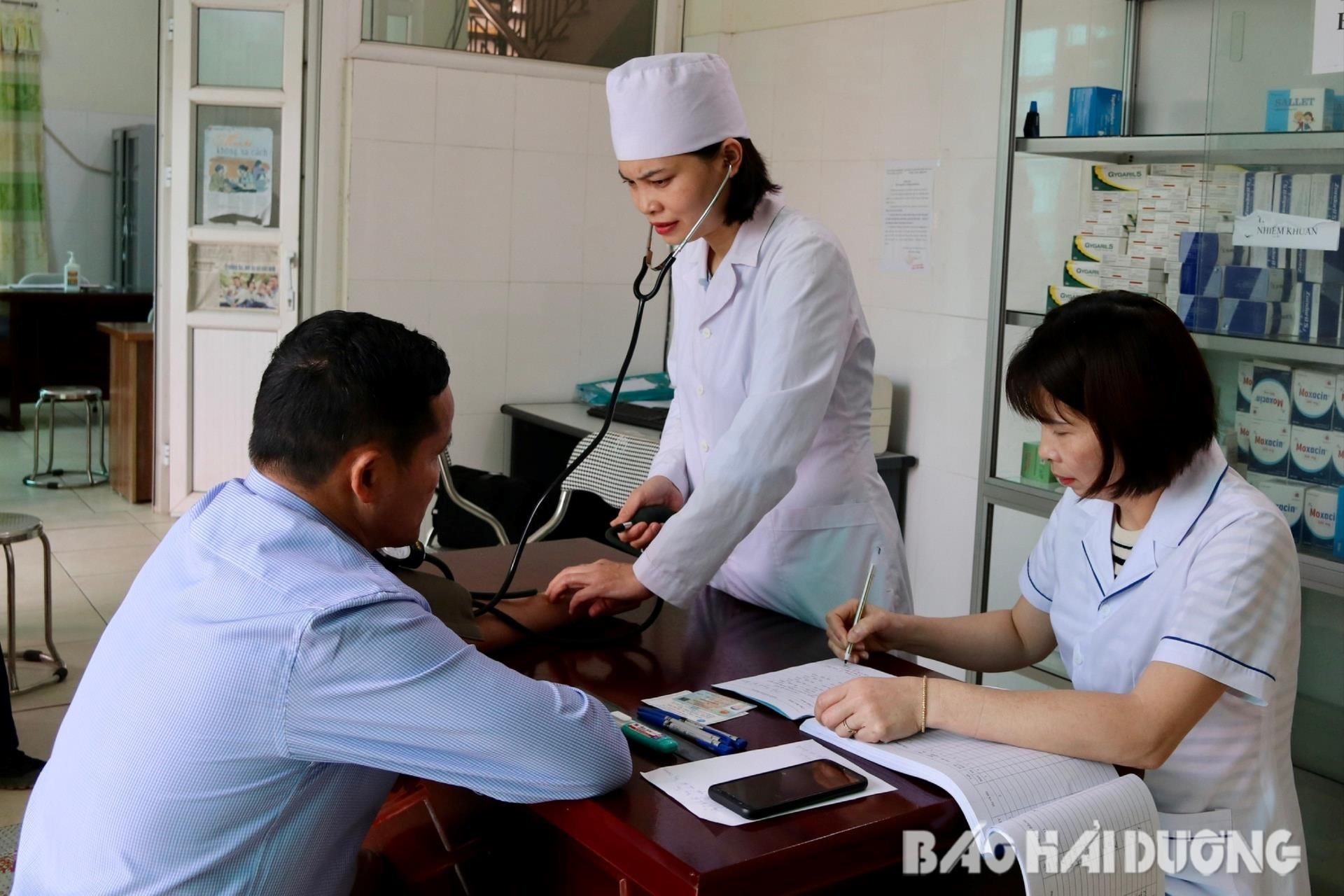
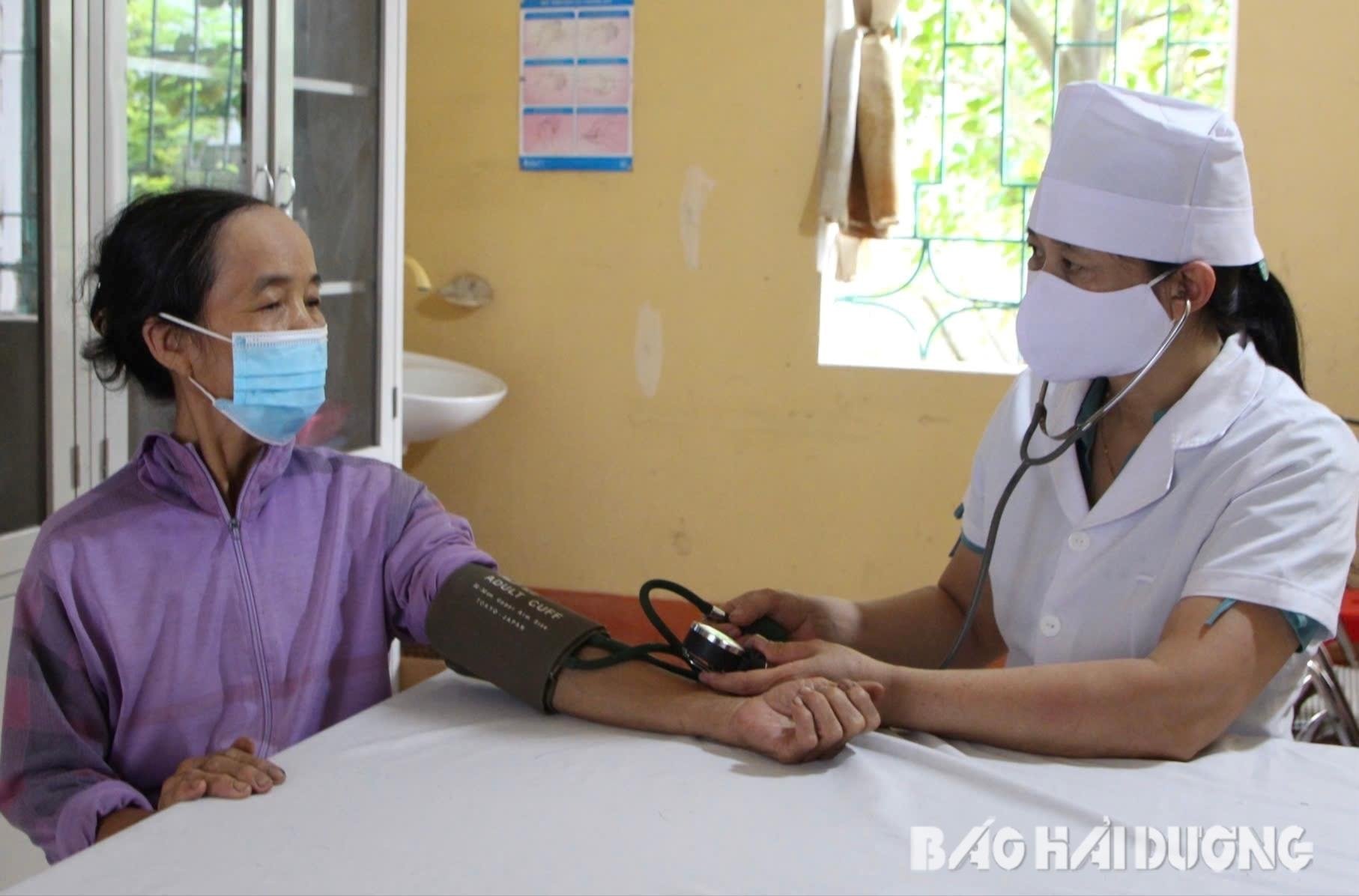













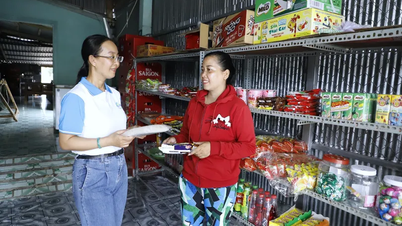

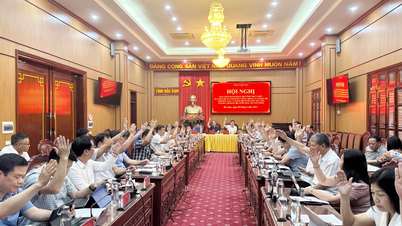





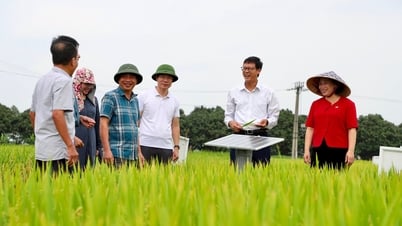

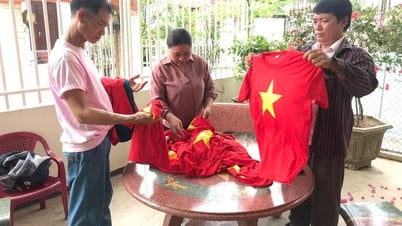


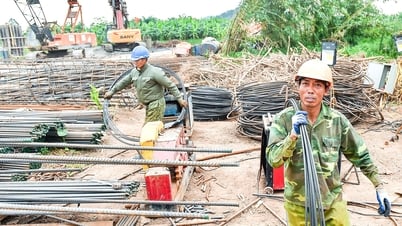



















































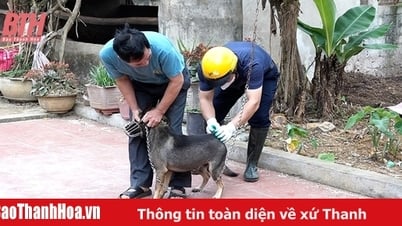








![[OCOP REVIEW] Tu Duyen Syrup - The essence of herbs from the mountains and forests of Nhu Thanh](https://vphoto.vietnam.vn/thumb/402x226/vietnam/resource/IMAGE/2025/6/5/58ca32fce4ec44039e444fbfae7e75ec)






Comment (0)